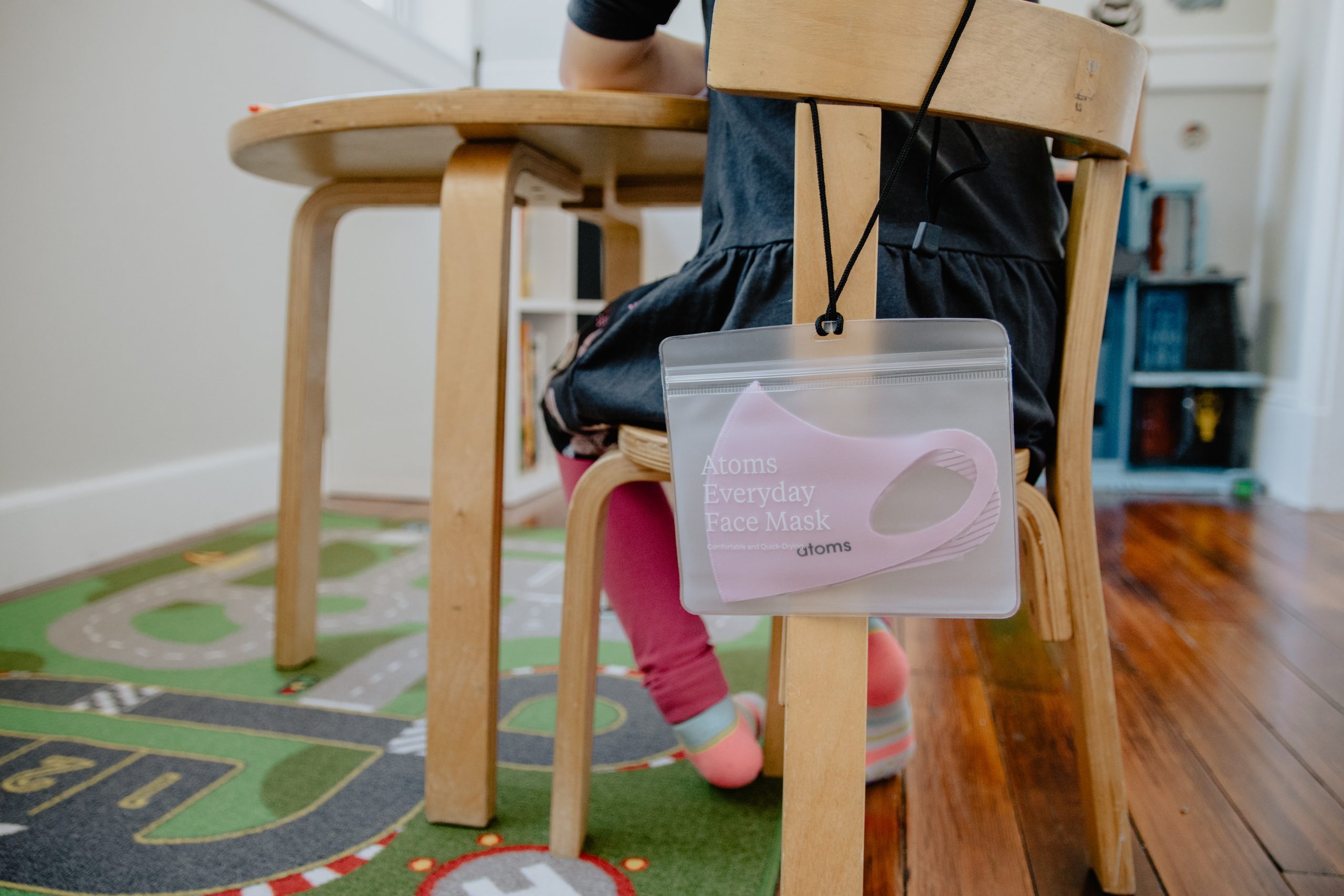The structured security and anchor of a school community removed under the social distancing of lock-down may have affected our young because as a distressing event, the pandemic may mean they do not have the tools to cope in healthy ways. This is because it effects their sense of feeling safe by over activating the fear centre of their brains. For teens, these fears may centre around a lack of certainty about their future such as exams, university, and career prospects as well as rites of passages such as graduation ceremonies.
The isolation and separation of our young due to the shift to home learning has also affected how they connect: Removing resources of coping normally found in socially interacting with their peers, in school, and the wider community. Moreover, our young may have faced their own forms of bereavement: a lack of personal power in deciding for themselves, the safety net of a routine, friendship groups, and memberships to clubs and sports groups.
Community and connection are vital for well-being. Being resilient to emotional challenges cannot be cultivated in isolation: It is created in relation to others including with us – we as caregivers help to co-regulate our young’s emotions so it’s crucial, we prioritise our well-being too.
The following tips may help to reintegrate your child or teen socially by helping them to feel safe, less stressed, and connected:
- Crafting and art for re-establishing connection to others: Making objects invested with meaning – friendship bracelets, cards, felt hearts, and painted pebbles using memories and photographs.
- The outdoors and nature – whether play, exercise, or walks. Bring the outdoors in – calming colours (blue and green), photographs, plants, and natural materials.
- Transform children’s animal stories such as The Gruffalo through Yoga Cards. Many yoga poses are based on animals and they can provide an outlet for feelings in the exploration of behaviours, themes, morals, and character traits.
- Use the outdoors to discharge emotions using the senses: Stomping, screaming, singing, shouting, running, and hugging trees.
- Create calming indoor environments that encourage the senses: Warm lights, colours, textures, soft music, and lovely smells.
- Gratitude “I am thankful for…”: Write a letter to someone, post-it notes, journaling, gratitude jar, collage, random acts of kindness, thankyou card, litter picking, and so on…
- Using Yoga Cards. Allow your child or teen to decide on poses. Choice allows them to feel empowered which they may have lost under the rules of lockdown. Allow them to take turns in selecting cards that can be organised into a sequence. The poses allow for self-mastery, feeling accomplished, and emotional regulation especially when your child or teen are encouraged to sense their bodies, which helps them get out of their ruminating anxious heads. For example, you could say: ‘“While you move your body, you might start to notice the feeling of your heart beating. Mine feels like it is beating fast. Do you feel yours?”’
Tristessa Moore is a registered Yoga Therapist at www.yogatherapyhull.co.uk who also teaches well-being in schools and colleges: www.yoyogasoul.co.uk




